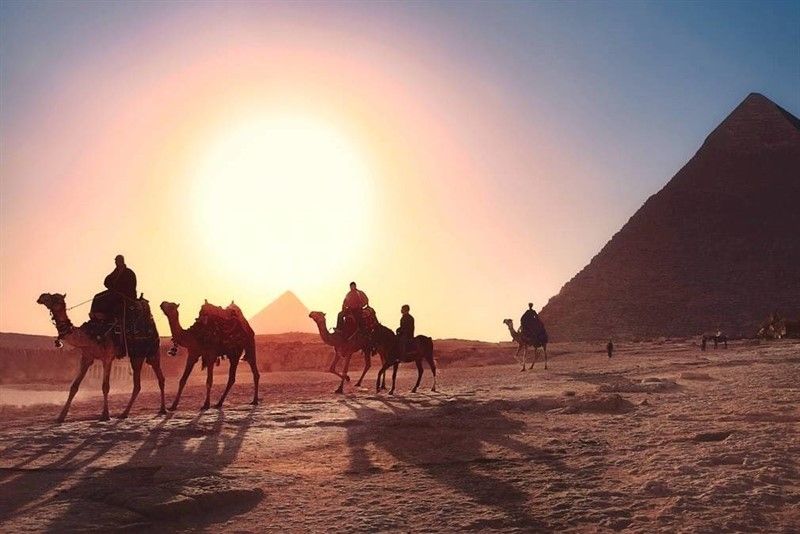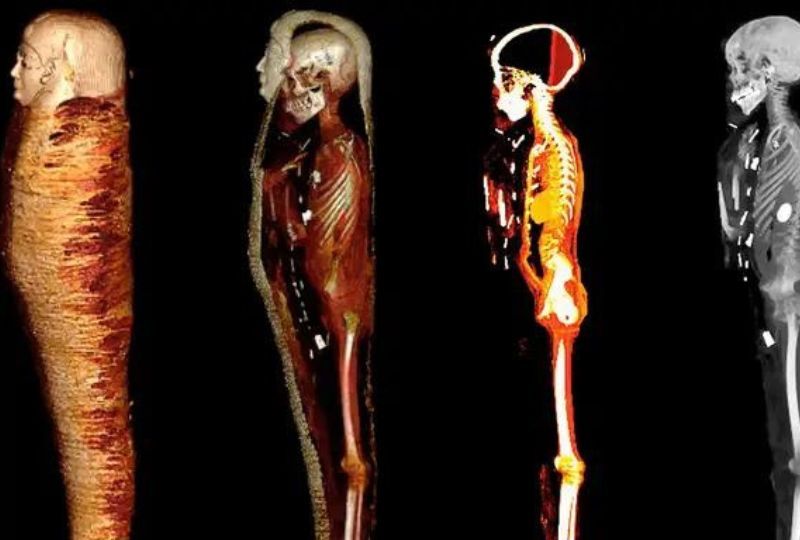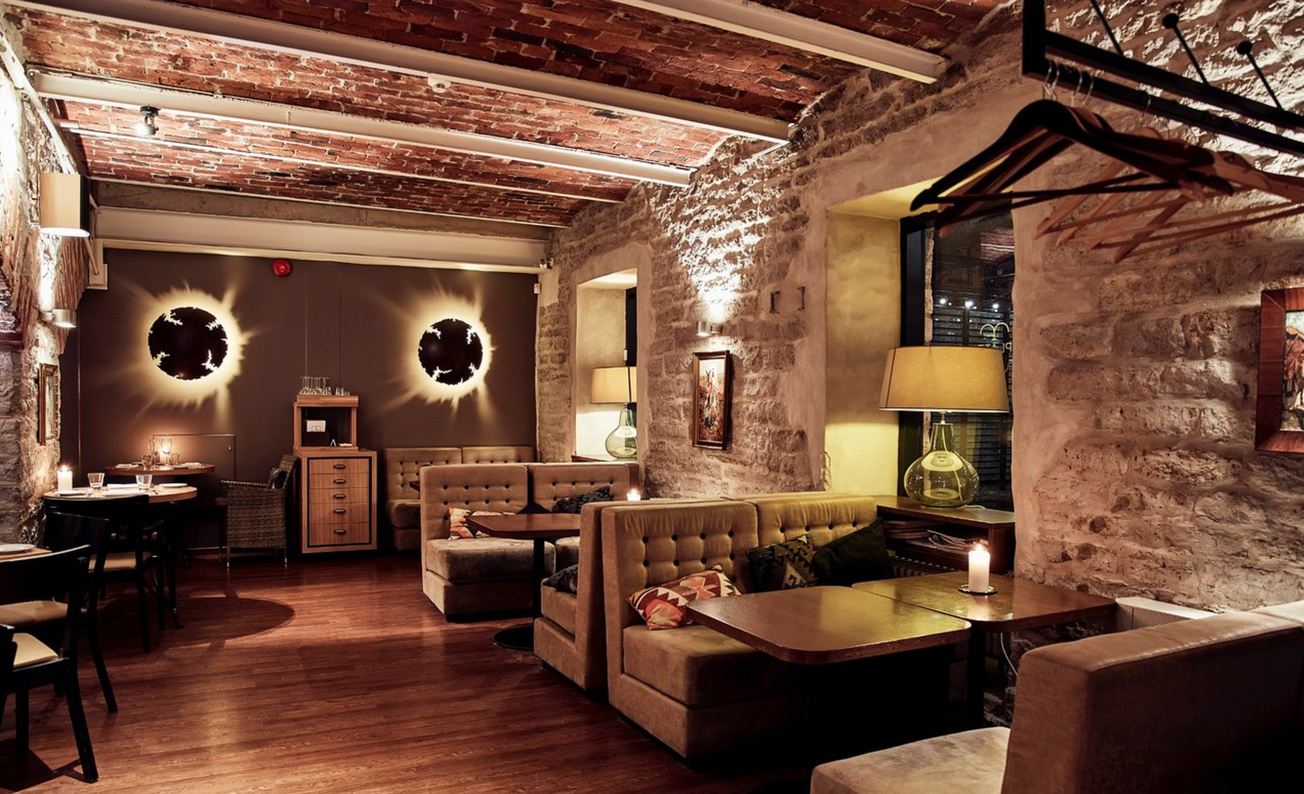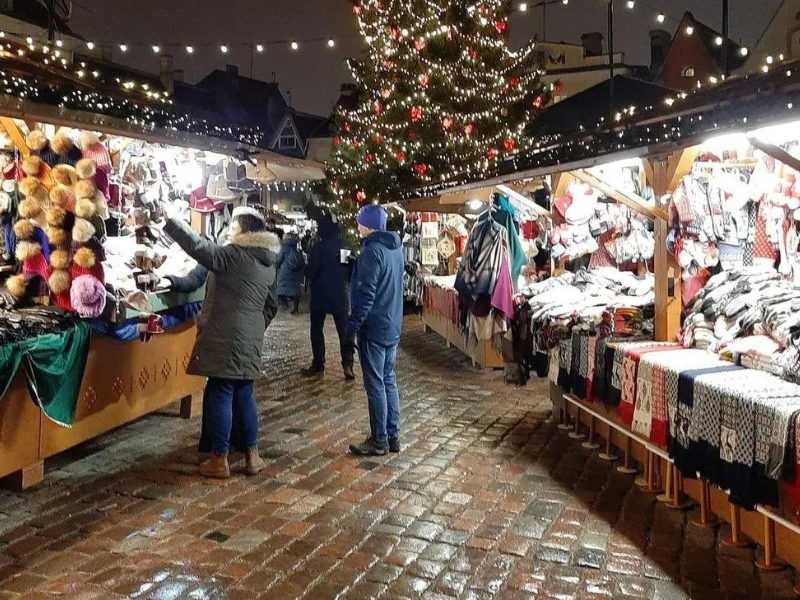Egypt is popular for its old world. It's additionally a leading destination for several of the globe's most renowned sights and monoliths. Obtain the scoop on the seven wonders of Egypt.
1. Great Pyramid of Giza

The Great Pyramid of Giza is the oldest and largest of the three pyramids in the Giza God's acre bordering Cairo, Egypt. It is the only staying member of the 7 Wonders of the Globe and is believed to have been constructed as a burial place for 4th Empire Egyptian Pharaoh Khufu, constructed over a 20-year duration concluding around 2560 BC.
The Great Pyramid is almost all of a facility or set of structures that consist of 2 mortuary holy places in honour of Khufu. There are likewise three smaller pyramids for Khufu's better halves and a smaller sized 'satellite' pyramid, an increased path connecting both temples, and little mastaba tombs bordering the pyramid for nobles. Khufu's vizier, Hemon, or Hemiunu, is thought by some to be the designer of the Great Pyramid.
2. The Great Sphinx

The Great Sphinx of Giza is a big half-human, half-lion statuary in Egypt on the Giza Plateau at the west financial institution of the Nile River near Cairo. The frequently made use name "Sphinx" was given to it based on the Greek creature with the body of a lion, the head of a woman and the wings of an eagle, though this Sphinx have the head of a guy. It is among the largest single-stone statues on Earth and is generally believed to have been built by ancient Egyptians in the third millennium BC.
Egyptologists believe the Sphinx represents the likeness of King Khafra, that is additionally credited as the contractor. This would certainly put the moment of construction somewhere between 2520 BC as well as 2494 BC. Nevertheless, limited evidence supporting this theory has made the concept that developed the Sphinx, and when, the topic of much dispute.
After many attempts and over several years, the entire spots was dug out in 1925. Although most of the Sphinx is intact, the nose on the face is missing. Some people believe the nose was broken short by a cannon sphere terminated by Napoleon's soldiers. Nonetheless, this has never been shown.
3. Temple of Luxor

The Luxor Holy place was committed to the Theban Set Of Three of Amun-Re, his better half Mut, and his boy Khonsu. The huge ancient Egyptian holy place facility lies on the eastern bank of the Nile River in the city once known as Thebes; however, today, it is referred to as Luxor. Many festivals were commemorated in Thebes, and the Temple of Luxor was the centre of one of the most crucial ones, the celebration of Opet. Developed greatly by Amenhotep III and Ramesses II, the temple's purpose appears to have appropriated for the routines of the festival that sought to integrate the human aspect of the leader with the divine workplace.
For the old Egyptians and contemporary travellers, access to the holy place is provided from the north, where a course lined by sphinxes as soon as led completely to Ipet Sut in the modern-day city of Al-Karnak. A procession of pictures of the royal household began at Karnak and finished at Luxor's temple. By the late 18th Dynasty, the journey was being made by a barge on the Nile River. During the celebration, the people were allowed to ask for favours of the sculptures of the kings or to the images of the gods on the barges.
4. Cairo

Cairo, which suggests "The Vanquisher or "The Triumphant", is the funding city of Egypt. It has 15.75 million individuals, making it the seventh most populated metropolitan area on the planet. Old Cairo was founded in 648 ADVERTISEMENT near other Egyptian cities and towns, consisting of the old Egyptian resources Memphis, Heliopolis, Giza and the Byzantine fortress of Babylon in Egypt. Nevertheless, it was a brand-new city constructed as an armed forces garrison for Arab troops and was the closest main location to Arabia that was accessible to the Nile.
Today, Greater Cairo encompasses various historical communities as well as modern-day areas. A trip through Cairo is a virtual time travel: from the Pyramids, Saladin's Castle, the Virgin Mary's Tree, the Sphinx, Al-Azhar (the Mosque of Amr ibn al-A' as), Saqqara, the Hanging Church, and the Cairo Tower.
5. Abu Simbel

Abu Simbel is just one of Egypt's Seven Marvels. The archaeological site includes two enormous rock temples that were originally taken of the mountainside during the reign of Pharaoh Ramesses II in the 13th century BC, as a lasting monument to himself and his Queen Nefertari.
The Great Holy Place at Abu Simbel took about 20 years to develop as well as after its completion. It was dedicated to the gods Amun Ra, Ra Harakhti, and Ptah and the worship of Ramesses himself. It is normally considered the grandest and most attractive of the temples appointed throughout the reign of Ramesses II and one of the most gorgeous in Egypt.
6. Saqqara

Found about 30 km south of Cairo, Saqqara or Sakkara is a vast, ancient burial ground in Egypt, featuring the world's earliest standing step pyramid. While Memphis was the resources of Ancient Egypt, Saqqara acted as its burial ground. Although it was eclipsed as the cemetery of nobility by Giza and later on by the Valley of the Kings in Thebes, it continued to be an important area for minor interments and cult ceremonies for greater than 3,000 years.
Although the earliest interments of nobles at Saqqara can be traced back to the First Empire, it was not till the Second Empire that the very first kings were hidden there, consisting of Hotepsekhemwy as well as Nynetjer. Imhotep designed the step pyramid at Saqqara for King Djoser. It is the oldest full hewn-stone structure recognized in history and also the location of the newly opened Imhotep Museum.
7. Temple of Karnak

The holy place location is a large outdoor museum as well as the largest ancient religious website on the planet and is probably the second most seen historical site in Egypt, 2nd just to the Giza Pyramids near Cairo. It includes four main parts, of which only the largest holy place comes by travellers and the general public. The Precinct of Amon-Re, the biggest part of the holy place, is the only part most visitors normally see.
There are also a few smaller sized temples and shelters located outside the enclosing wall of the four main parts. The Karnak Temple has numerous ram-headed sphinxes that connect the precincts of Mut, Amon-Re, and the Luxor Holy place.
The essential distinction between Karnak and also Egypt's other temples is that it occurred the building occurred over a large quantity of time; around 30 pharaohs contributed to the structures, allowing it to get to a dimension, intricacy and also variety not seen in other places.








